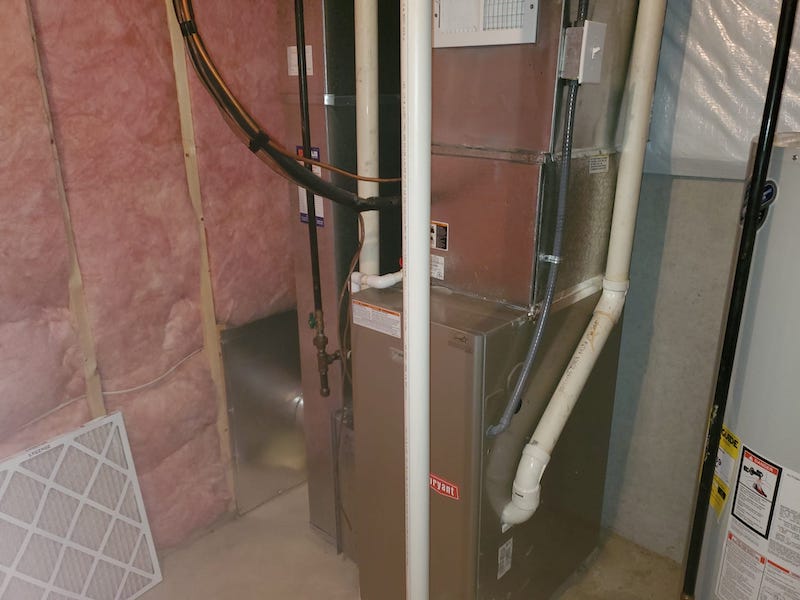Which Furnace Do You Need? A One-Stage or Two-Stage?

What can you do when your heater won’t turn on? Call your favorite Cincinnati HVAC repair company to see if it your furnace can be fixed, or if it is time to replace it.
Buying a new furnace is a multi-decade investment, so you want to get it right.
The best unit will heat up quickly, heat evenly and use gas cost-efficiently.
Here are the pros and cons of single-stage and two-stage furnaces.
Single-Stage Furnaces
Single-stage central heating systems have one power mode: on. When the furnace is on, it’s running full blast.
The design is relatively basic–a furnace, a series of pipes and a gas valve that allows gas to burn–so this is the most common and least expensive type of furnace to buy for your home.
But the single power mode can be a problem when it comes to heating a large or multi-story home. Areas near vents will warm up quickly. While the rest of your home’s temperature is playing catch-up, your thermostat might sense your whole house has reached the desired temperature and shut the furnace off before many areas are warm.
To avoid cold spots, many people raise the temperature on their thermostat above their desired number so the furnace won’t shut off so early. This solves one problem, but creates another: high energy bills.
Who Should Choose Single-Stage
- A single-stage furnace can meet the heating needs of a small- to medium-sized, one-story house.
- If your house is larger, you may want to buy a single-stage furnace if you urgently need a new furnace but also know that you’ll be moving soon. A two-stage furnace can cost several hundred dollars more than a single, so if you won’t be in your home long enough to benefit from the energy savings, the higher cost might not be worth it.
Single-stage furnaces are somewhat outdated, but are still manufactured and readily available.
Two-Stage Furnaces
Two-stage furnaces have two different power levels: high and low. Most of the time, the furnace will run on low (60-70% of its power). If the outdoor temperature drops quickly, the furnace can use the higher mode (100% output) to warm your home to your preferred temperature in short order.
The difference between one- and two-stage furnaces is how the gas valve operates. The ability to switch between power modes makes two-stage furnaces more energy-efficient than single-stage. The low power mode allows the unit to conserve energy, and reduce uneven heating in your home.
But the improved comfort and lower energy bills do come with a drawback. Two-stage furnaces can cost several hundred dollars more to purchase. So a two-stage is a longer-term investment.
Who Should Choose Two-Stage
- You are most likely to benefit from owning a two-stage furnace if you own a two- or multi-story home and you plan to stay for several more years. Otherwise, you won’t reap the long-term benefits of lower gas bills.
- You might also consider a two-stage furnace if your home’s single- stage furnace is not heating your home evenly.
The right model for you depends on several factors:
- your budget
- your home’s size and layout
- how long you intend to live there
- your home’s unique heating challenges
One-stage furnaces are cheaper, and have lower repair costs. Two-stage furnaces offer steadier indoor temperatures, improved air quality, lower energy use/costs and less noise.
When it’s time for a new furnace, our professional team at Jansen Heating and Cooling can help you select the right option for your situation, and provide competitively-priced furnace installation and maintenance.
